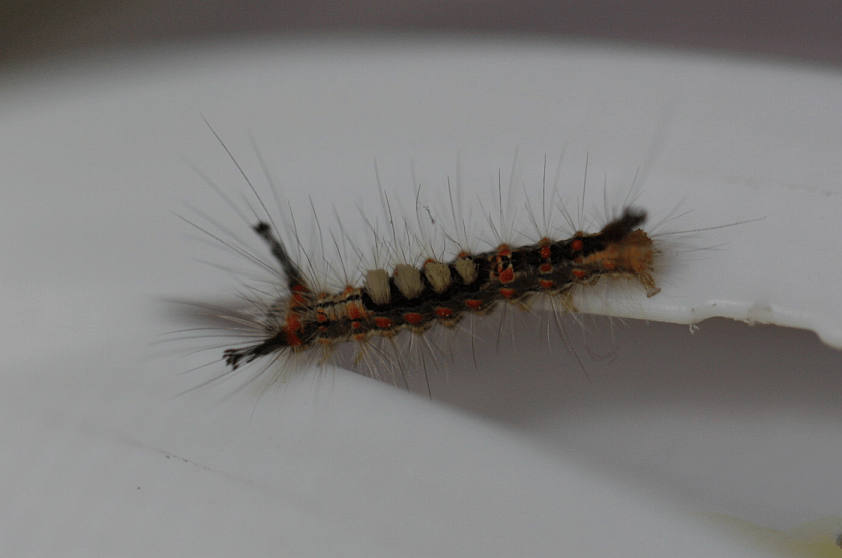Looking for more yarnwinder pictures didn't only end in my having way, way too many tabs in the browser open (I will deal with that, hopefully, tomorrow), it also meant I had a look at my bookmark list for picture databases. Uuuuuh.
The Internet has done a wonderful job at making images from manuscripts available. It hasn't done such a good job in making them easy to find, though, and they are not always very well tagged either.
So there's a huge number of sites that make images available. And me in my messy way? I have bookmarked quite a few of them (all those I stumbled over through the years, and thought might be useful), but they are not always very well tagged either, and some of them are obsolete, and some disappeared, and some moved, and some are in the list several times.
It would be a good idea, or so I thought, to go through them and actually get them into shipshape. Right? Well. At least I got started on that this morning, and you're going to profit from my sorting efforts, in a (probably lengthy) sidetrack to the Niddy-Noddy Thing. So here you go, the first few links, sorted out and commented upon.
An overview of a number of medieval bestiaries, together with introductory texts, can be found at The Medieval Bestiary. Even better: You get a list of beasts and information about them, their allegories, sources for the things found in the medieval bestiaries, and a gallery with images of these individual beasties, so if you are looking for information about how a specific animal was seen and portrayed in medieval times, this place is a perfect start for your search.
Sadly, both the site and the blog linked to it have last been updated in 2011. It's still a very good resource to have, though.
The Morgan Library & Museum offer three treasure troves: A collection of Medieval and Renaissance manuscripts, the fully searchable CORSAIR Collection catalogue, and digital facsimiles of manuscripts. They can all be accessed via this site, together with the drawings online and music manuscript catalogue.
Searchable topics of the illustrations of the Maciejowski Bible can be found both on this website and this one. The full digitised bible is available online as well, at the Morgan Library website, with a good bit of additional information about the manuscript.
You can search the catalogue of Western manuscripts from the Bodleian Libraries plus some Oxford colleges at this site here. The site seems not to be geared towards image search, though. For that, other sites exist - here you can browse Medieval and Renaissance Manuscripts from the Bodleian.
And that's the first batch done. To my dismay, there's an awfully large stack of links left to go through... so you can expect some more to come.
The Internet has done a wonderful job at making images from manuscripts available. It hasn't done such a good job in making them easy to find, though, and they are not always very well tagged either.
So there's a huge number of sites that make images available. And me in my messy way? I have bookmarked quite a few of them (all those I stumbled over through the years, and thought might be useful), but they are not always very well tagged either, and some of them are obsolete, and some disappeared, and some moved, and some are in the list several times.
It would be a good idea, or so I thought, to go through them and actually get them into shipshape. Right? Well. At least I got started on that this morning, and you're going to profit from my sorting efforts, in a (probably lengthy) sidetrack to the Niddy-Noddy Thing. So here you go, the first few links, sorted out and commented upon.
An overview of a number of medieval bestiaries, together with introductory texts, can be found at The Medieval Bestiary. Even better: You get a list of beasts and information about them, their allegories, sources for the things found in the medieval bestiaries, and a gallery with images of these individual beasties, so if you are looking for information about how a specific animal was seen and portrayed in medieval times, this place is a perfect start for your search.
Sadly, both the site and the blog linked to it have last been updated in 2011. It's still a very good resource to have, though.
The Morgan Library & Museum offer three treasure troves: A collection of Medieval and Renaissance manuscripts, the fully searchable CORSAIR Collection catalogue, and digital facsimiles of manuscripts. They can all be accessed via this site, together with the drawings online and music manuscript catalogue.
Searchable topics of the illustrations of the Maciejowski Bible can be found both on this website and this one. The full digitised bible is available online as well, at the Morgan Library website, with a good bit of additional information about the manuscript.
You can search the catalogue of Western manuscripts from the Bodleian Libraries plus some Oxford colleges at this site here. The site seems not to be geared towards image search, though. For that, other sites exist - here you can browse Medieval and Renaissance Manuscripts from the Bodleian.
And that's the first batch done. To my dismay, there's an awfully large stack of links left to go through... so you can expect some more to come.




